01 TAJ MAHAL❤❤❤
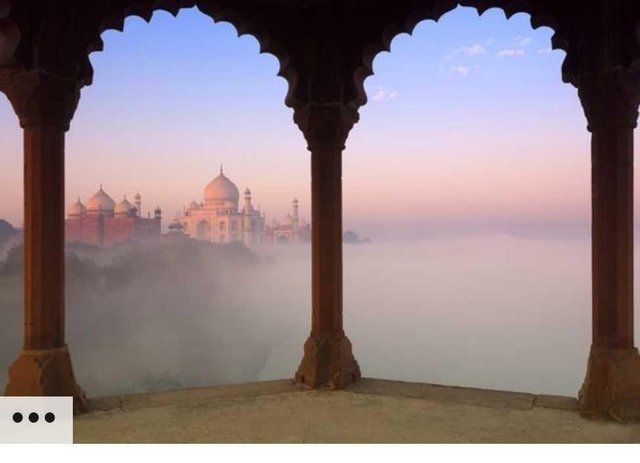
The Taj Mahal is made out of white marble but its color captivatingly appears to gradually alter in the changing light of the day.
Hampi
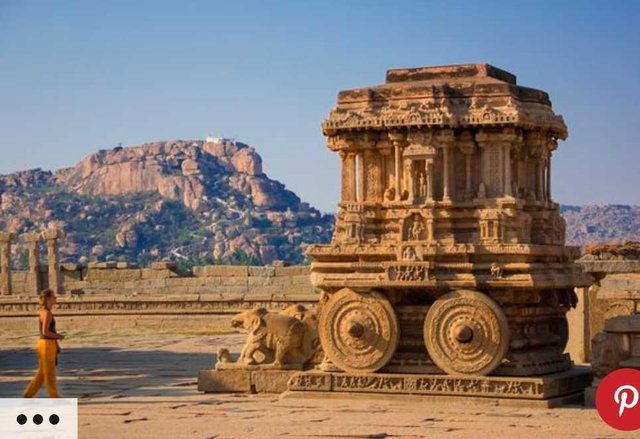
Hampi was once the last capital of Vijayanagar, one of the greatest Hindu empires in India’s history. Muslim invaders conquered the city in 1565, wreaking destruction and reducing it to ruins. It was pillaged and then abandoned.
Fatehpur Sikhri
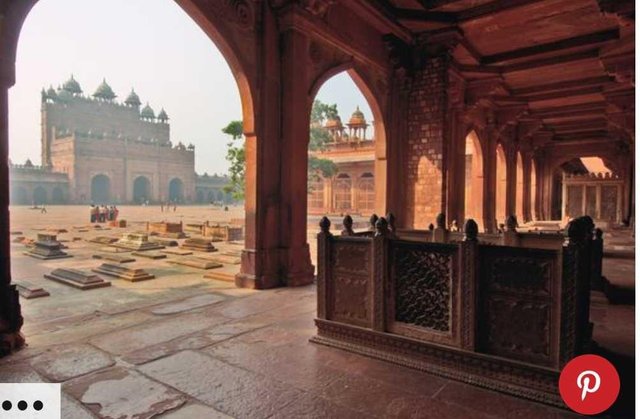
Fatehpur Sikri, near Agra in Uttar Pradesh, was once the proud but short-lived capital of the Mughal Empire in the 16th century. Emperor Akbar founded the city from the twin villages of Fatehpur and Sikri in 1569, as tribute to famous Sufi saint Sheikh Salim Chishti. The saint accurately predicted the birth of Emperor Akbar's much longed for son.
Jallianwala Bagh
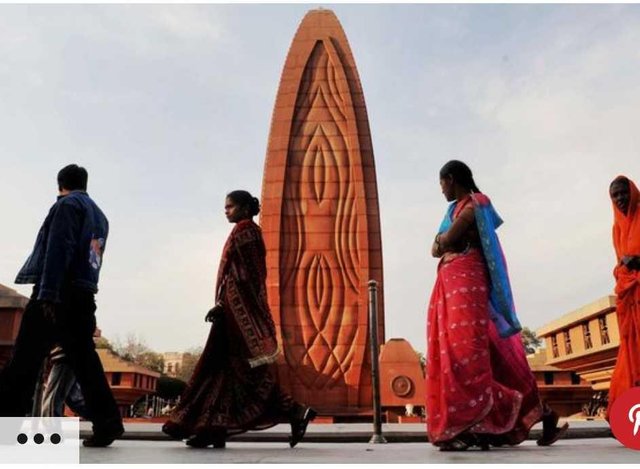
Jallianwala Bagh, near the Golden Temple in Amritsar, is the site of a sad but defining moment in India's history and struggle for freedom. On April 13, 1919, British troops opened fire on a large group of more than 10,000 unarmed protesters, in what is known as the Amritsar Massacre.
Gateway of India
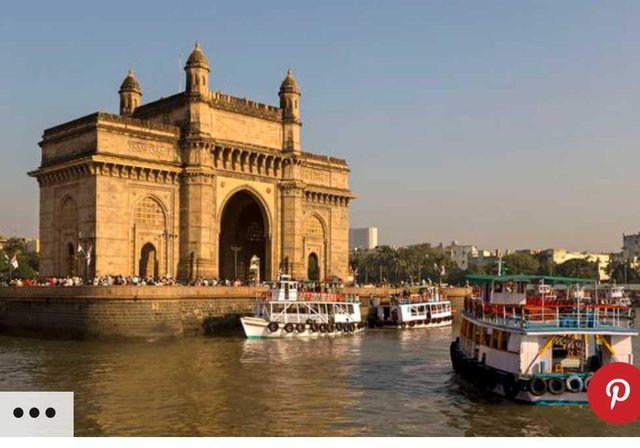
Mumbai's most recognizable monument, the Gateway of India, occupies a commanding position overlooking the Arabian Sea at the harbor in Colaba. It was built commemorate the visit of King George V and Queen Mary's to the city in 1911. However, it wasn't completed until 1924.
Red Fort
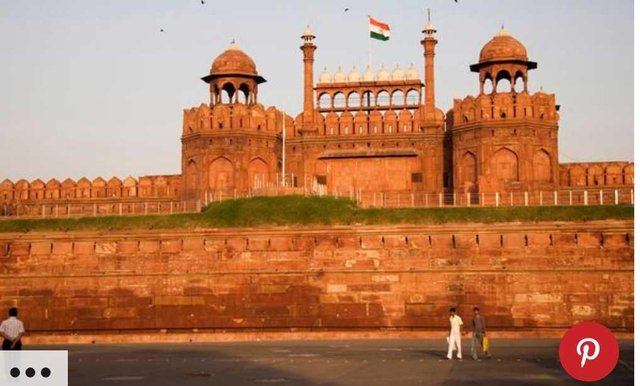
The fort was built as a palace by fifth Mughal Emperor, Shah Jahan, when he shifted his capital from Agra to Delhi in 1638. The capital, known as Shahjahanabad, was where Old Delhi is today. Much of the development took place around Chandni Chowk, the chaotic and crumbling market area adjoining the Red Fort.
Khajuraho Temples
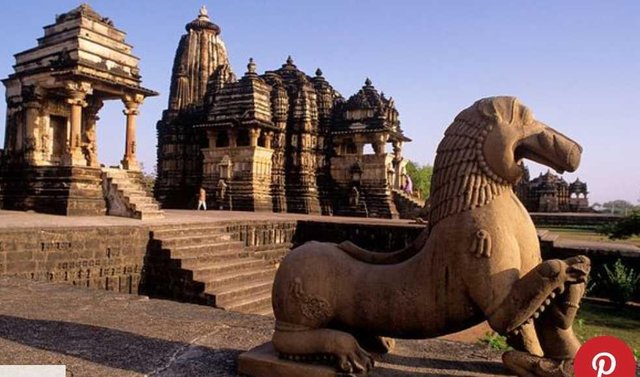
The temples were built mostly between 950 and 1050 by rulers of the Chandela dynasty of Rajputs, which made Khajuraho their first capital. They were hidden for centuries, surrounded by dense jungle, until the British rediscovered them in the early 19th century
.